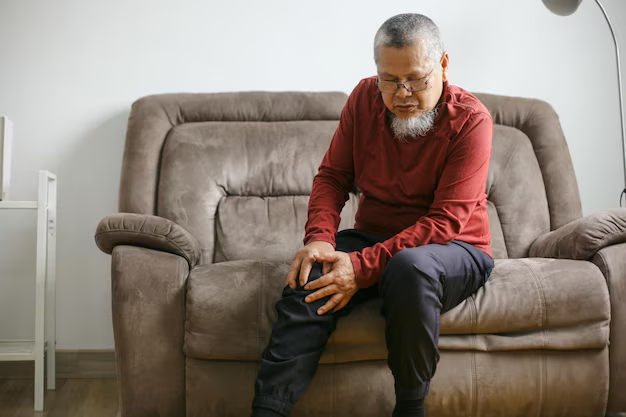Understanding Osteoporosis: Does it Lead to Pain?
Osteoporosis is often referred to as the "silent disease" because it progresses without any symptoms until a fracture occurs. This chronic condition affects millions of people worldwide, leading to weakened bones and an increased risk of sudden and unexpected fractures. But does osteoporosis itself cause pain? While the disease primarily impacts bone density, the pain associated with osteoporosis is typically a result of fractures or other complications, rather than the loss of bone density alone.
How Osteoporosis Affects Your Body
Osteoporosis occurs when the creation of new bone doesn't keep up with the removal of old bone, resulting in bones that are brittle and more prone to fracture. Some common areas where fractures occur include the hip, spine, and wrist. Aside from fractures, which are acutely painful, other manifestations include:
- Back pain: This is often due to a vertebral fracture or collapse.
- Height loss: A significant indicator and associated with spinal compression.
- Stooped posture: Known as kyphosis, this can lead to discomfort and difficulty with movement.
The condition itself isn't painful, but the lack of bone density can lead to painful results through injury or more subtle mechanical changes in the body that might cause discomfort.
The Role of Fractures
Fractures are the primary source of pain for individuals with osteoporosis. A vertebral compression fracture may occur with minimal or no trauma and can lead to chronic back pain over time. Hip fractures are particularly concerning, requiring extensive rehabilitation and at times surgery, and can result in long-standing pain and mobility issues.
Managing Osteoporosis and Reducing Pain
While osteoporosis itself may not cause direct pain, the resulting fractures and bone changes can be managed with lifestyle modifications and medical interventions:
- Medications: Bisphosphonates, hormone-related therapy, and other medications can help strengthen bones.
- Diet and supplementation: Increasing calcium and vitamin D intake can bolster bone health.
- Exercise: Weight-bearing and muscle-strengthening exercises improve bone density and reduce the risk of falls.
Though these strategies do not directly address pain, they work to minimize the risk of fractures and the subsequent pain.
Financial and Educational Resources for Osteoporosis Management
Dealing with osteoporosis often involves medical expenses that can strain finances. Fortunately, several programs offer support:
- Medicare and Medicaid: These programs often cover part of the costs related to osteoporosis treatment.
- Qualified Medicare Beneficiary (QMB) Program: Assists in covering deductibles, coinsurance, and copayments for osteoporosis-related care.
- Supplemental Security Income (SSI): Provides financial assistance to those with limited income and resources.
- State Health Insurance Assistance Programs (SHIPs): Offer one-on-one insurance counseling and assistance.
- Educational Grants and Scholarships: For those seeking careers in health and osteoporosis-related fields; such support can reduce the financial burden of education and promote further understanding and treatment of the disease.
Managing osteoporosis effectively requires a multifaceted approach including medical treatment, lifestyle changes, and financial support systems. By leveraging these tools and resources, those affected can move toward better health outcomes and reduce the economic impacts of this condition.
Available Resources for Support and Relief
- 💊 Medicare/Medicaid: Coverage options for treatment costs
- 🏥 Qualified Medicare Beneficiary (QMB) Program: Helps with out-of-pocket expenses
- 💵 Supplemental Security Income (SSI): Financial aid for low-income individuals
- 🩺 State Health Insurance Assistance Programs (SHIPs): Insurance counseling and support
- 🎓 Educational Grants: Financial aid for health education and career advancement

Related Topics
- a Nurse Is Caring For a Client Who Has Osteoporosis.
- a Percutaneous Is Performed To Treat Osteoporosis Related Compression Fractures
- Can Alcohol Cause Osteoporosis
- Can I Do Pilates If I Have Osteoporosis
- Can I Reverse Osteoporosis
- Can Men Get Osteoporosis
- Can Osteoporosis Affect Teeth
- Can Osteoporosis Be Cured
- Can Osteoporosis Be Painful
- Can Osteoporosis Be Reversed